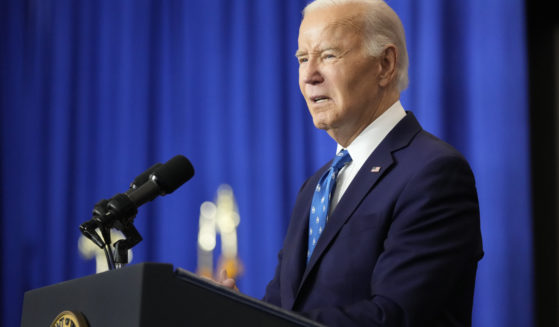
Treasure Hunters Rushing to American River After Hearing What Miner Revealed
Ask people what you might find buried in the muck at the bottom of New York City’s East River and they likely would say “mob boss” before thinking of mammoth bones.
But several groups of treasure hunters have taken to the waterway in recent weeks after hearing a guest on Joe Rogan’s podcast claim that a boxcar’s worth of potentially valuable prehistoric mammoth bones was dumped into the river in the 1940s.
Despite a lack of evidence to support the story, treasure seekers using boats, diving apparatuses and technology such as remote-operated cameras have gone searching in the hopes that the murky waters are hiding woolly mammoth tusks.
“I think the chances are just as good as the lottery. And people buy those tickets every day,” said Don Gann, 35, of North Arlington, New Jersey, a commercial diver who’s been on the water since early last week with his brother and two workers.
It all started when John Reeves, an Alaskan gold miner with a passion for fossils, came onto “The Joe Rogan Experience” for an episode that aired Dec. 30 to talk about his land, where he personally has uncovered numerous age-old bones and tusks.
In the first half of the 20th century, under previous ownership, digging for gold unearthed a trove of prehistoric mammal remains.
Some of that material was brought to New York City decades ago to be handed over to the American Museum of Natural History.
Reeves cited a draft of a report put together by three men, including one who worked at the museum, that included a reference to some fossils and bones deemed unsuitable for the museum being dumped into the river.
“I’m going to start a bone rush,” Reeves told Rogan before reading from the draft and giving out a location: East River Drive, which is now known as the FDR Drive, at about 65th Street.
“We’ll see if anybody out there’s got a sense of adventure,” he said, later adding: “Let me tell you something about mammoth bones, mammoth tusks — they’re extremely valuable.”
After the podcast episode aired, the American Museum of Natural History threw water as cold as the East River onto the tale.
“We do not have any record of the disposal of these fossils in the East River, nor have we been able to find any record of this report in the museum’s archives or other scientific sources,” it said in a statement.
When reached by The Associated Press via telephone, Reeves declined to talk and instead told a reporter to read the pages of the draft he had posted on social media. Reeves then hung up and didn’t answer other calls and emails.
The pages posted on social media identify three men as the authors: Richard Osborne, an anthropologist; Robert Evander, who formerly worked in the American Museum of Natural History’s paleontology department; and Robert Sattler, an archaeologist with a consortium of Alaska Native tribes.
Reached by the AP, Sattler said the story about the dumped bones came from Osborne, who died in 2005.
The document cited by Reeves was real, he said, and written in the mid-1990s. But it wasn’t intended for an academic journal. It was a starting point for something — maybe a book — based on Osborne’s knowledge of a period in Alaska when mammoth remains were being discovered in plenty. Osborne’s father worked at a company involved in the digging.
Sattler said Osborne spent time around the operation as a young man and probably heard, secondhand, the story about surplus bones being dumped into the river.
Sattler said he didn’t have any specifics beyond Osborne’s recollections.
“He would have had some knowledge from somebody telling him that they dumped some excess material in the East River,” Sattler said.
Mammoth remains discovered in Alaska did wind up at the American Museum of Natural History, including some still on display today.
The section of the Manhattan shoreline where Reeves claimed the bones were dumped underwent major changes in the 1930s and 1940s, because the East River Drive, later renamed for President Franklin D. Roosevelt, was constructed on fill and pilings.
The highway opened fully to drivers in 1942, raising questions about how someone would have dumped a huge trove of bones without disrupting traffic.
The Western Journal has reviewed this Associated Press story and may have altered it prior to publication to ensure that it meets our editorial standards.
Truth and Accuracy
We are committed to truth and accuracy in all of our journalism. Read our editorial standards.
Advertise with The Western Journal and reach millions of highly engaged readers, while supporting our work. Advertise Today.












